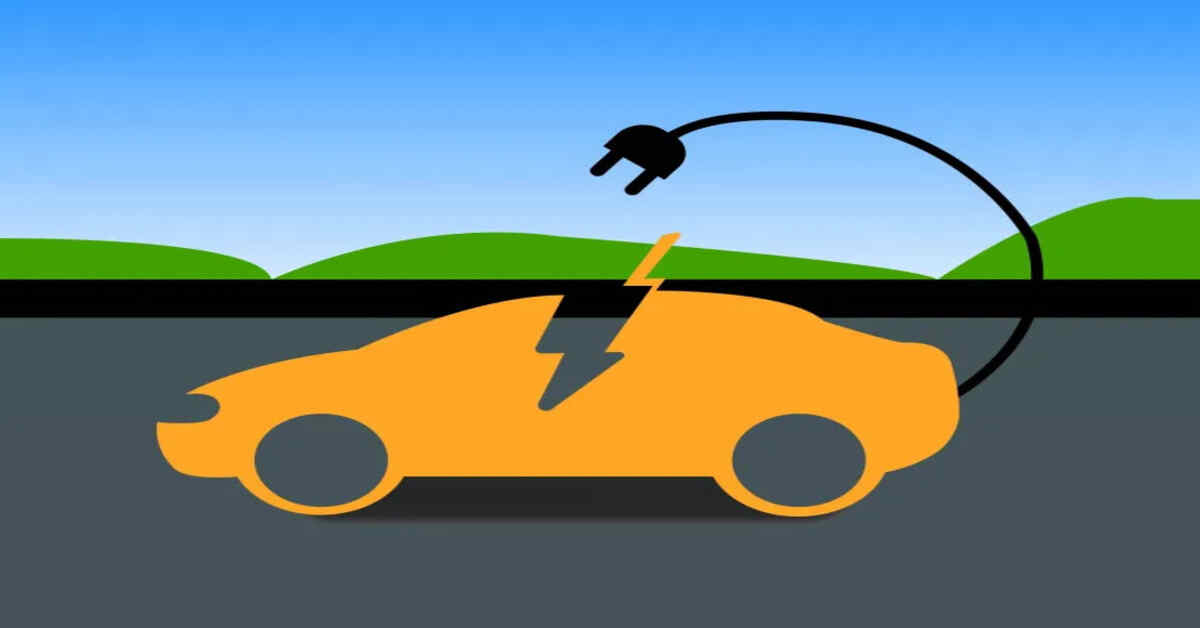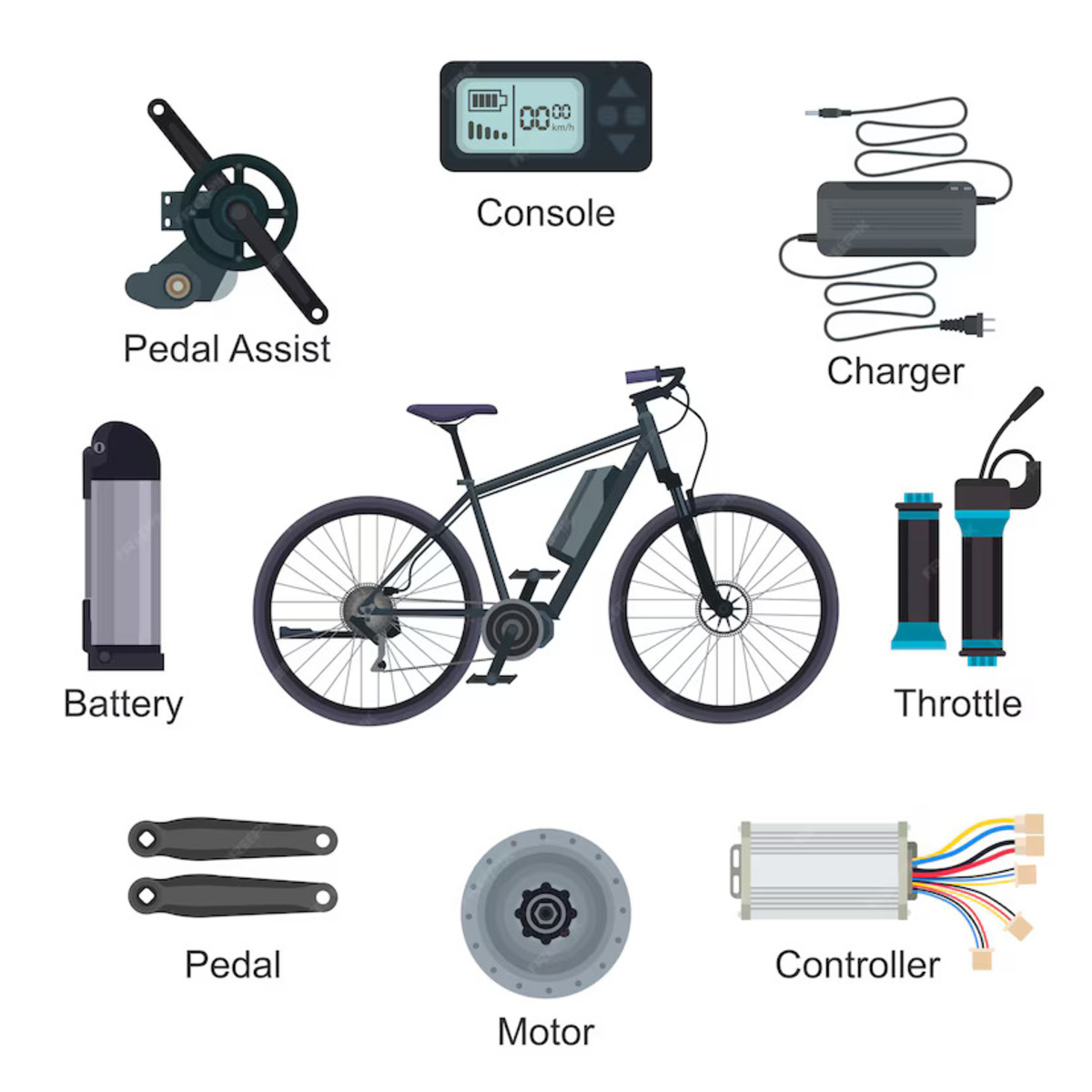Essay On Electric Vehicles: Types, Advantages and Challenges
As the global community grapples with the consequences of climate change and seeks ways to reduce carbon emissions, electric vehicles (EVs) have risen to prominence as a more efficient alternative to traditional vehicles. Electric vehicles came as a beacon of hope when we were facing numerous problems with traditional vehicles that produced harmful gases and increased air and noise pollution. We need to understand how electric vehicles are environmentally friendly and how they will shape the future of transportation.
Types of Electric Vehicles
As the world moves towards a future driven by renewable energy, understanding the diverse landscape of electric vehicles becomes paramount. Automotive industries are shedding light on the innovative technologies that are helpful in shaping the industry and focusing on a more sustainable and eco-friendly future. Let us delve into the various types of EVs:
1. Battery Electric Vehicles:
It completely relies on electric power that is stored in high-capacity batteries. These EVs have no internal combustion engine and do not emit. They get charged when you plug them into an electric power source, that is a charging station. It includes a regenerative braking system that converts kinetic energy into electric energy to recharge the battery during braking.
As electric motors provide instant torque, it is helpful to provide quick and smooth acceleration to electric vehicles that makes your driving experience enjoyable. Electric vehicles often include advanced technologies, including smart connectivity features, over-the-air software updates, and autonomous driving capabilities.
The main components of battery-electric vehicles are the battery pack, electric motor, charge port, drive train, control module, and invertor.
Tata Nexon EV, Hyundai Kona, Mahindra XUV 300, Mercedes-Benz EQB, BYD Atto 3, Kia EV6, BMW ix are examples of battery electric vehicles.
2. Plug-In Hybrid Electric Vehicles (PHEVs):
Plug-in hybrid electric vehicles are the combination of an electric motor and an internal combustion engine. They can run in electric-only mode, gasoline-only mode, or a combination of both. For shorter trips, you can operate in power mode, and you can switch to gasoline mode for longer trips. This dual-power source increases overall efficiency and reduces range anxiety. Such vehicles run on gasoline when the battery is depleted. These EVs have a smaller battery capacity compared to battery-electric vehicles. The range of PHEVs is not higher, but their charging time is shorter than that of battery-electric vehicles because of their small battery capacity.
The internal combustion engine, electric motor, battery pack, inverter, control module, drive train, fuel tank, charge port, and exhaust system are the components of plug-in hybrid EVs.
The Volvo XC90 Recharge, BMW 7 Series, Porsche Cayenne, and Toyota RAV4 are examples of plug-in hybrid electric vehicles.
3. Hybrid Electric Vehicles:
Hybrid electric vehicles have an internal combustion engine with an electric motor. Like plug-in hybrid electric vehicles, HEVs cannot be plugged in to charge the battery, but the battery is charged through regenerative braking. Such vehicles have a limited electric range but are more fuel-efficient than gasoline vehicles.
The components of hybrid EVs are the internal combustion engine, electric motor, battery pack, inverter, control module, drive train, fuel tank, and charge port.
The Toyota Prius, Honda City eHEV, Maruti Suzuki Grand Vitara, Volvo X690, MG Hector, Toyota Camry, etc. are examples of hybrid EVs.
4. Fuel Cell Electric Vehicles (FCEVs):
FCEVs are known as fuel cell vehicles. It is another type of EVs that uses hydrogen cells to generate electricity, which powers an electric motor. FCEVs emit only water vapour. They offer a longer range compared to other vehicles but face challenges related to hydrogen infrastructure availability.
Fuel cell electric vehicles need hydrogen fuel, stored in the fuel tank. In the fuel cell stack, the hydrogen fuel is converted into electricity, which helps to charge the battery.
The components of fuel cell EVs are the battery pack, electric motors, inverter, control module, drive train, fuel cell stack, and fuel tank.
The Hyundai Tucson, Toyota Mirai, Hyundai Nuxo, and Honda Clarity are the best examples of fuel-cell EVs
Advantages of Electric Vehicles
Electric vehicles represent a paradigm shift in the automotive industry, and they offer a sustainable and environmentally conscious alternative to ICE. The government is also paving the way for the adoption of EVs by providing various incentives for their adoption. The government’s procurement policies are helpful in accelerating the adoption of electric vehicles.
Let us move ahead to discuss the benefits of electric vehicles:
- EVs produce no emissions, so they contribute to reducing air pollution and greenhouse gas emissions.
- EVs are considered more efficient as they convert a higher percentage of the electrical energy from the grid to power at the wheels, which enhances their overall efficiency.
- If we compare EVs to traditional vehicles, EVs have a lower operating cost and are considered cheaper as they have fewer moving parts, which reduces maintenance costs.
- . EVs reduce noise pollution and lead to a quieter and more pleasant living environment, especially in highly populated areas.
- With a diverse range of energy sources, electricity generation can be more easily diversified than relying on oil for transportation. This can contribute to energy independence and reduce dependence on foreign oil.
- As EVs do not depend on fossil fuels, they contribute to energy security. It enhances a more stable and secure energy supply.
- The increasing adoption of EVs leads to technological innovation. It enhances energy storage and battery technology.
- EVs can be powered by renewable energy. It helps in reducing dependency on environmentally harmful resources.
- Electric vehicles can be integrated into smart grids, allowing for better management of electricity demand. This can lead to more efficient use of resources and support the integration of renewable energy sources.
- Electric vehicles are often considered environmentally friendly as they produce fewer greenhouse gases. The reduction in carbon dioxide and nitrogen oxide contributes to improving the air quality and mitigates the adverse effects of climate change. As the electricity grid becomes greener with the integration of renewable energy sources, the overall efficiency of EVs increases further.
- Electric vehicles are contributing to economic growth. The manufacturing of EVs is creating new job opportunities, fostering technological innovation, and reducing our dependency on fossil fuels. The market for electric vehicles continues to evolve with new innovations and technology.
- Government policies to promote EVs may vary according to the country and region. The government offers financial incentives such as tax credits, rebates, and subsidies for both consumers and manufacturers to reduce the upfront cost of EVs. They offer funding for research and development in EVs technologies that will spur innovation. Public awareness campaigns are useful to inform users about the benefits of electric vehicles that will enhance the adoption of electric vehicles.
Also Read:
Benefits And Subsidies for Electric Vehicles
Top 10 Electric Two-Wheeler Manufacturers In India
Despite the numerous benefits of electric vehicles, there are also few challenges for electric vehicles.
Challenges For Electric Vehicles
- Many EVs have a limited range compared to gasoline vehicles, but with the advancement in battery technology, this issue is not concerned with every electric vehicle.
- The availability of charging infrastructure is not as widespread as the refuelling infrastructure for gasoline vehicles. It creates hurdles for those whose access to charging infrastructure is arduous, such as people in rural areas.
- Although charging technologies are constantly evolving, it takes more time to charge electric vehicles than filling up a gas tank. Fast charging stations take less time to charge EVs, but their availability is not as common as with traditional vehicles. So, more charging time is still a significant factor for users.
- With the passage of time, the performance of the batteries in EVs degrades, and this degradation leads to reduced driving range and overall efficiency.
- Due to the high cost of batteries, EVs have a higher upfront cost. Gradually, the company is focusing on cutting down on the cost of EVs, yet it is still a barrier for many users.
- There is no doubt that the models of EVs are increasing, yet it is challenging to find a specific type of electric vehicle. Some users find that their preferred vehicle is still not available in an electric version.
- The production of electric vehicle batteries involves the mining and processing of materials such as lithium, cobalt, and nickel, which can have environmental and ethical concerns. Manufacturer companies are doing their best efforts on developing more sustainable battery technologies.
- The batteries of EVs are heavy, which adds additional weight to the vehicle and affects its overall performance. With the advancement in materials, technology, and design, manufacturers are trying to curb this issue.
Conclusion
Electric vehicles are sustainable and environmentally friendly transportation. EVs offer many advantages, so it is essential to address the challenges of range anxiety, charging infrastructure development, high-cost batteries, etc. Ongoing advancements in infrastructure and technology are helpful in resolving many of these issues. The electric vehicle industry holds the key to a cleaner, greener, and more sustainable future for transportation. As we accelerate towards an era of electric mobility, the road ahead is not only paved with electrons but also with the promise of a healthier planet for generations to come.




